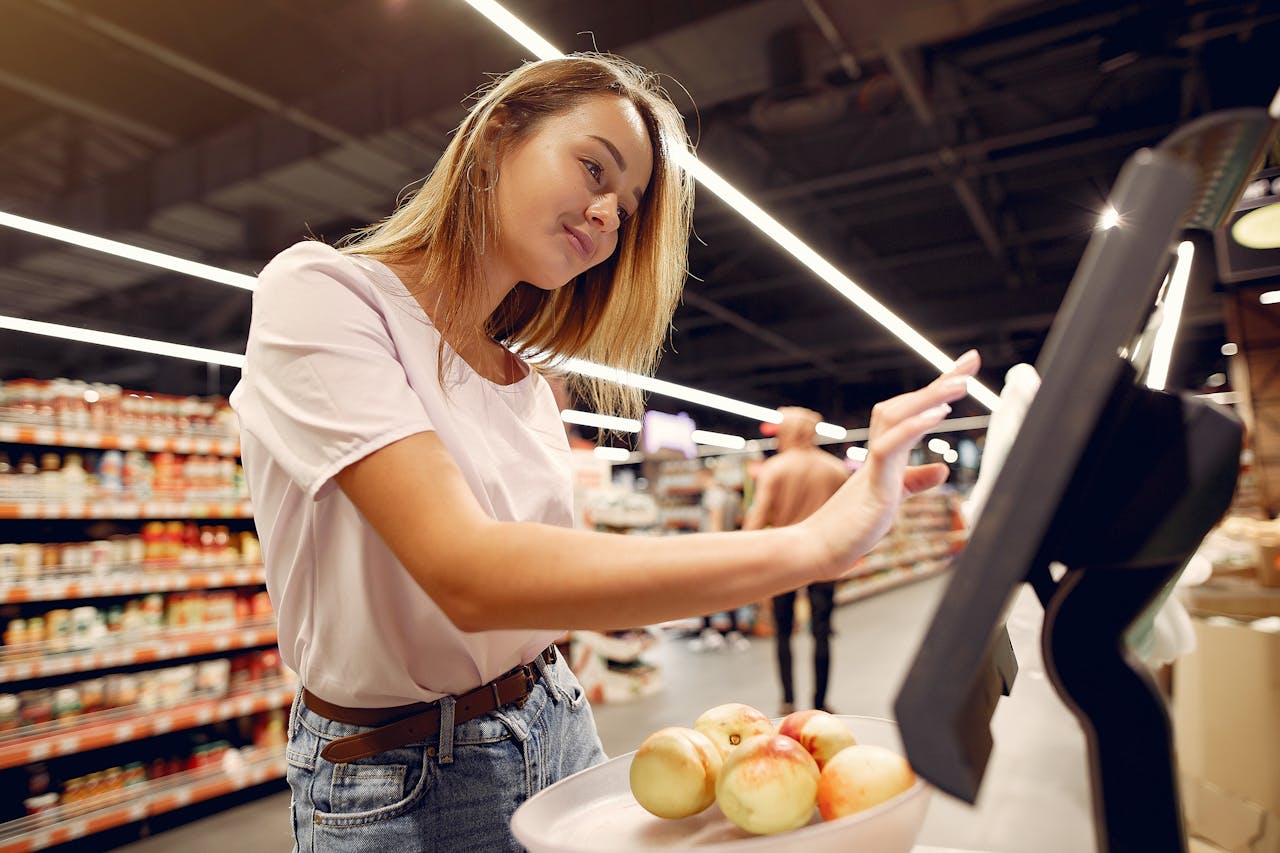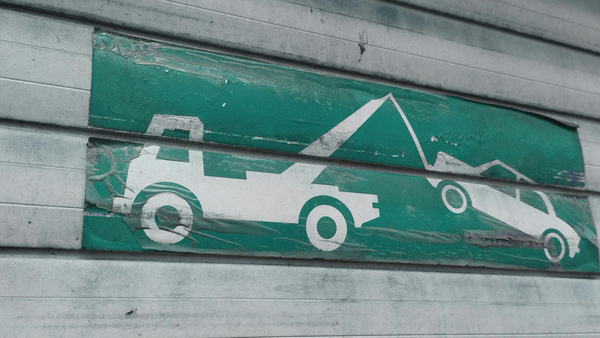
Self-checkout lanes are popping up everywhere, making grocery shopping faster and more convenient. But as handy as they are, they’re also prone to errors. Many shoppers have noticed that certain items ring up wrong at self-checkout more often than others. These mistakes can lead to overpaying, missed discounts, or even embarrassing hold-ups while staff sort things out. Knowing which products are most likely to cause issues can save you money and time. If you want to make the most of your self-checkout experience, keep an eye out for these common pitfalls.
1. Produce with Similar-Looking Varieties
Produce is notorious for ringing up wrong at self-checkout. Items like apples, potatoes, and peppers often come in several varieties, each with its own price. The self-checkout screen usually asks you to select the type, but it’s easy to choose the wrong one—especially if you’re in a hurry or unsure about the difference between, say, Gala and Fuji apples. Sometimes, barcodes on produce stickers are missing or smudged, forcing you to search manually. This is a prime way to end up paying more or less than you should. For self-checkout accuracy, double-check the variety and use the store’s lookup tool if you’re unsure.
2. Multipack or Bundle Deals
Items sold in multipacks or as part of a bundle deal frequently ring up wrong at self-checkout. You might scan a pack of soda or a “buy one, get one free” snack offer, only to see the discount not applied. These errors happen because self-checkout systems sometimes fail to recognize bundled barcodes or forget to trigger the discount. If you notice a price that doesn’t match the shelf tag, ask for help right away. It’s smart to check your receipt before leaving the store so you don’t miss out on savings, especially when using self-checkout for these deals.
3. Sale Items with Outdated Tags
Sale items are designed to attract shoppers, but they can be a headache at self-checkout. Sometimes, sale tags stay up after the promotion has ended, or the system hasn’t updated the price. You scan the item, expecting the discount, but the regular price pops up instead. This happens often with seasonal items or weekly specials. If you see this, let a staff member know. They can adjust the price and make sure you get the advertised deal. Staying alert to these mistakes is a key part of mastering self-checkout accuracy.
4. Bulk Items Priced by Weight
Bulk foods—like nuts, grains, or candy—are weighed at self-checkout, but mistakes here are common. Sometimes, the system misreads the PLU (price look-up) code, or you accidentally select the wrong product from the list. This can lead to the wrong price per pound, especially if the display is cluttered with similar options. The tare (container weight) might not be deducted, making you pay for packaging. For better self-checkout accuracy, double-check the code and watch the scale as it calculates the price. Don’t hesitate to ask for help if something looks off.
5. Organic vs. Conventional Products
Organic foods usually cost more than their conventional counterparts, and this price difference can cause confusion at self-checkout. If you grab an organic cucumber but scan it as conventional, or vice versa, you’ll get the wrong price. The stickers or barcodes are sometimes tiny or hard to read, so mistakes are easy. Some self-checkout systems group both types together on the screen, making it even trickier. To avoid overpaying or underpaying, check your item’s label and make sure you select the right option before scanning.
6. Bakery and Deli Items
Fresh bakery and deli goods often don’t have barcodes, so you have to enter a code or select from a menu. It’s easy to pick the wrong bread or lunchmeat, especially if names are similar. Pricing errors are common because these items come in various sizes or flavors. For example, a specialty loaf may cost more than a regular one, but at self-checkout, both might be listed under “bread.” Always match the code on your receipt with the product label for self-checkout accuracy. If you’re unsure, ask a staff member to assist before you pay.
How to Avoid Self-Checkout Surprises
Self-checkout accuracy isn’t just about saving a few cents; it’s about making sure you get what you pay for. Take a moment to review your screen before finalizing the sale. If a price looks wrong, don’t be shy—flag down an employee. Many stores want you to have a smooth experience and will happily correct mistakes.
Staying alert and informed can help you keep your grocery bill accurate and your checkout stress-free.
What’s the strangest or most frustrating self-checkout error you’ve experienced? Share your story in the comments below!
What to Read Next…
- 5 Potential Downsides of Using Self Checkout
- 10 Reasons Why Self Checkout Machines Are Costing You More
- Who’s Working the Register? 5 Reasons There Are No Cashiers Available at Your Grocery Store
- 5 Grocery Stores That Are Scamming You at Self Checkout and Where to Shop Instead
- 3 Major Retailers Getting Rid of Self Checkout This Year
The post 6 Items That Ring Up Wrong the Most Often at Self-Checkout appeared first on Grocery Coupon Guide.







